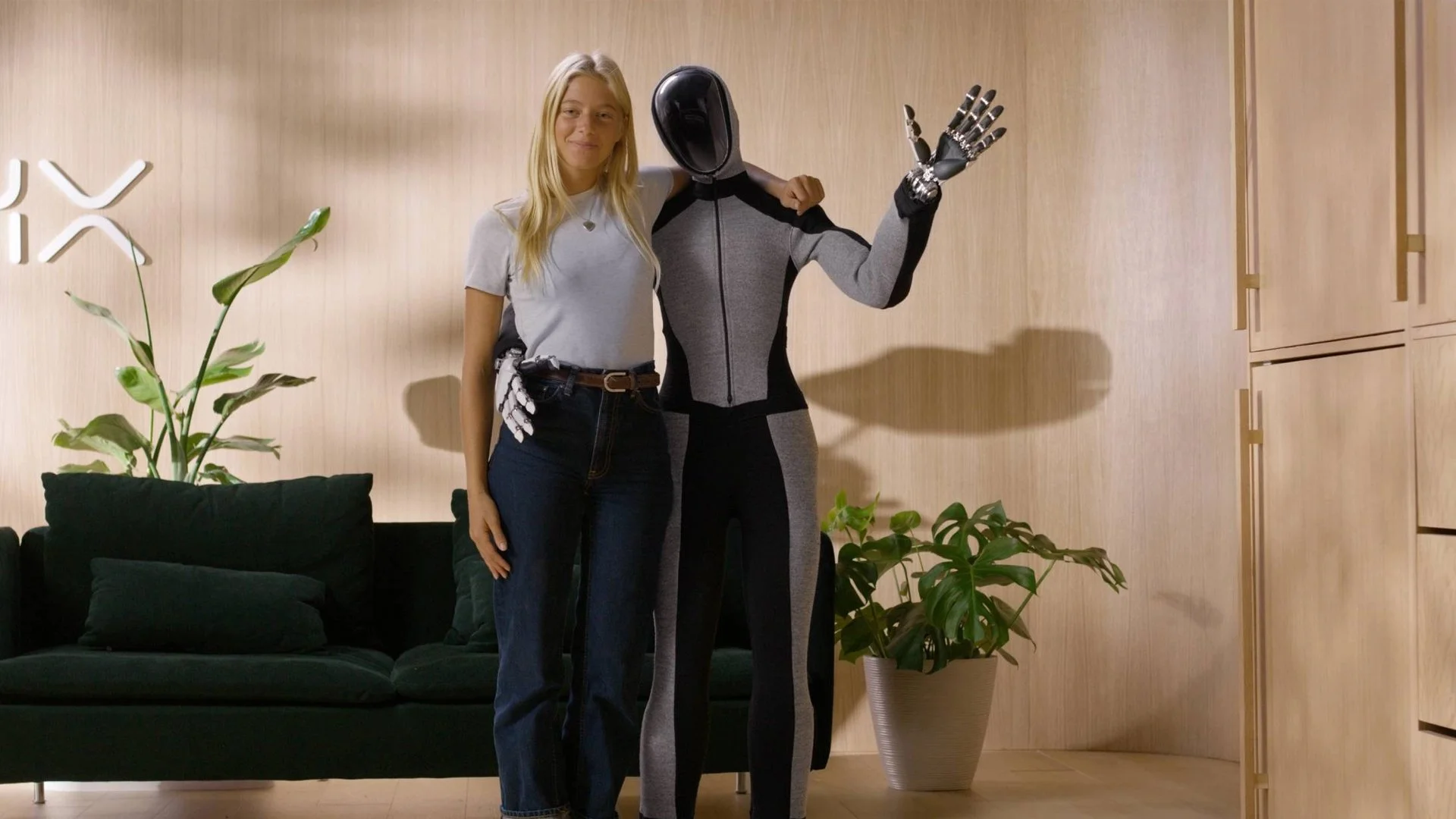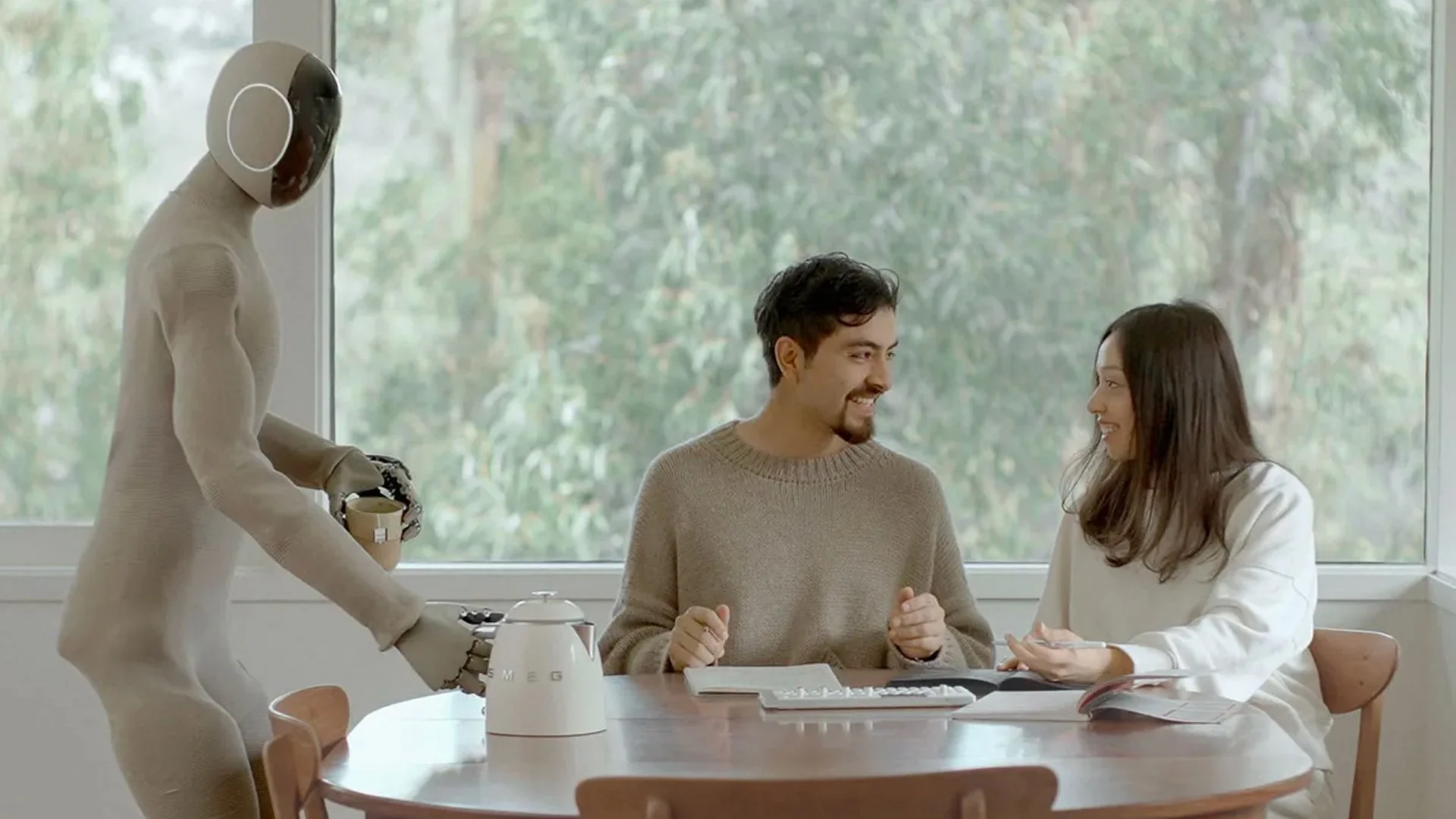NEO by 1X Technologies: The Practical Path to Human-Shaped Robotics
Introduction: Humanoids Enter the Real World
For decades, humanoid robots were the holy grail of engineering—complex, expensive, and far from practical deployment. That perception is changing.
With NEO, Norway-based 1X Technologies has engineered a humanoid robot designed not for spectacle but for real-world collaboration. It moves, acts, and learns like a human because our world is designed for humans—doors, tools, desks, and workflows are all human-shaped.
NEO’s Engineering Foundation
NEO stands roughly human height, designed with articulated limbs, compliant mechanics, and natural movement algorithms. This form follows function—it lets the robot navigate and interact without modifying existing environments.
Core engineering highlights:
Human-scale proportions: Operates seamlessly in standard facilities and offices.
Soft robotics design: Layers of compliant joints and lightweight materials enable safe, physical interaction.
Modular architecture: Components like hands, cameras, and sensors can be upgraded as capabilities evolve.
Efficient control systems: Compact actuators support sustained operation without excessive energy use.
NEO’s realism is achieved through precision, not mimicry—engineering choices rooted in human ergonomics rather than mere appearance.
Perception and Control: The AI Inside
The intelligence layer driving NEO comes from 1X’s proprietary frameworks combining computer vision, motion planning, and teleoperation learning.
Visual Perception: Multi-camera arrays build a 3D understanding of space, people, and objects.
Locomotion & Balance: Algorithms adjust joint torque in real time for stability over uneven surfaces.
Manipulation Precision: Sensor feedback allows NEO to handle fragile or variable-weight items smoothly.
Progressive Autonomy: Data captured through remote operation continuously improves its self-guided decision-making.
This system represents what 1X calls safe intelligence—autonomy developed responsibly, always supervised by humans during learning and deployment.
Industry Impact: A Robotics Paradigm Shift
Humanoid robots like NEO are shifting the automation narrative from replacement to augmentation. Traditional systems excel in repetitive, isolated tasks; humanoids bridge the physical, social, and contextual gaps.
Potential applications:
Logistics and warehouse handling
Security and facility monitoring
Service and hospitality support
Healthcare and assisted care operations
In each use case, NEO’s human-compatible design eliminates disruption—no need for new layouts or custom infrastructure.
Technical Significance
NEO demonstrates several critical advances in scalable humanoid robotics:
NEO by 1X Technologies showcases four core innovations that define its impact across the robotics industry. Its Embodied AI Framework connects perception and motion, enabling the robot to learn naturally by physically interacting with its surroundings. Through Human-Centric Integration, NEO is designed to coexist directly with people in shared workspaces without physical barriers, promoting seamless collaboration. The focus on Manufacturing Viability ensures 1X’s designs are optimized for cost-effective production, addressing one of the biggest challenges in scaling humanoid robotics. Finally, its foundation in Ethics-Driven Collaboration ensures that every system operates under clear human control frameworks, reflecting global safety and accountability standards for AI-driven machines.
These milestones position 1X Technologies at the vanguard of commercial humanoid robotics—bridging research prototypes and operational deployments.
The Future of Embodied Intelligence
The next decade in robotics will favour embodied, context-aware machines—systems that understand both digital data and physical space.
1X’s roadmap for NEO aims at wider accessibility: affordable humanoids that work alongside people in dynamic, real-world settings. The long-term vision:
A robot in every workplace, enhancing human productivity safely and collaboratively.
As humanoids mature, success will hinge on cross-functional intelligence—not just sophisticated AI, but mechanical empathy, human-centred design, and ethical integration.
Conclusion: Engineering Humanity into Automation
NEO by 1X Technologies exemplifies the turning point in robotics: moving from theoretical humanoids to practical, deployable ones. Its innovation isn’t in imitation but compatibility—machines that think and move in harmony with human life.
In the race toward general-purpose robotics, NEO proves that the future isn’t about science fiction—it’s about engineering that understands humanity.


